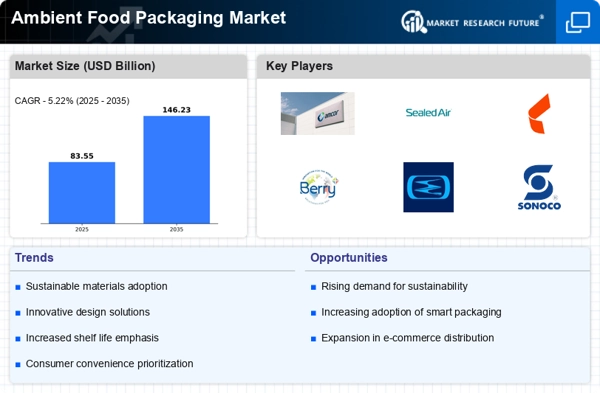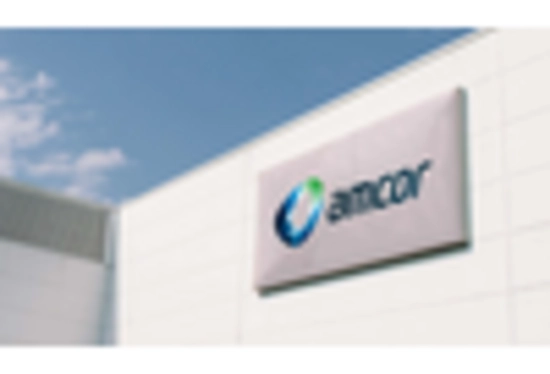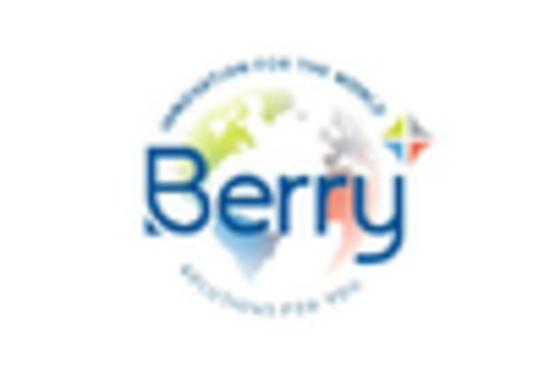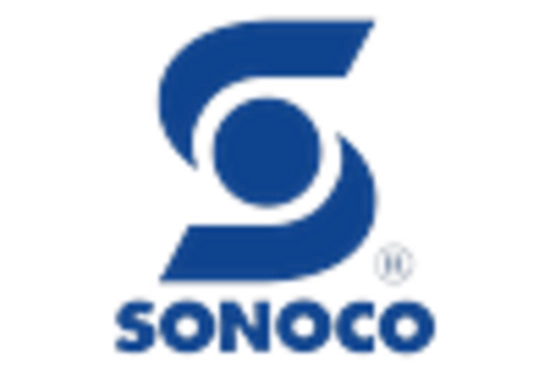Market Share
Ambient Food Packaging Market Share Analysis
This segment within the wider package industry has a high level of competition among firms that seek to win major portions of their respective markets. Through various positioning strategies, companies operating in this sector can gain a competitive advantage, thereby capturing a larger market share. One common approach is differentiated innovative packing solutions. More importantly, price positioning determines whether or not the firm will be able to capture an increased percentage of market shares. Pricing games are another area where firms try hard to push for greater shares. Profit may come from low prices or premium quality, depending on the stage in the life cycle of the product. It also depends on the ability of a company to differentiate its products from those of competitors so that it can target certain segments. Market share positioning strategies are also affected by distribution channels. Companies can target a larger consumer base by establishing good collaborations with retailers and ensuring that their packaging products can be found everywhere. In the ambient food packaging market, innovation is what drives these companies, and they, therefore, spend heavily on research and development to stay afloat. When businesses introduce futuristic technologies and materials, they brand themselves as industry leaders, thus attracting customers who prefer contemporary and sustainable packaging solutions. This way, not only does it enable them to gain an initial market share but also to maintain it through continuous adaptation of their offerings in line with emerging consumers' tastes. Besides other things, building strong brand equity is another aspect of market share positioning. A company that creates a positive brand image and shows its commitment to environmental sustainability or any social responsibility aspects could be more appealing to consumers whose values align with this. A solid brand provides a means for distinguishing one firm from others; it fosters customer loyalty while influencing repeat business chances. Strategic partnerships and collaborations play a significant role in determining the market shares within the ambient food packaging sector. When alliances are formed between food manufacturers or other participants in the supply chain, long-term contracts are assured that will sustain a continuous demand for such entities' packaging solutions. The collective efforts may lead to synergies where various firms collectively tackle challenges together or merge forces so that shared opportunities can be exploited.

















Leave a Comment